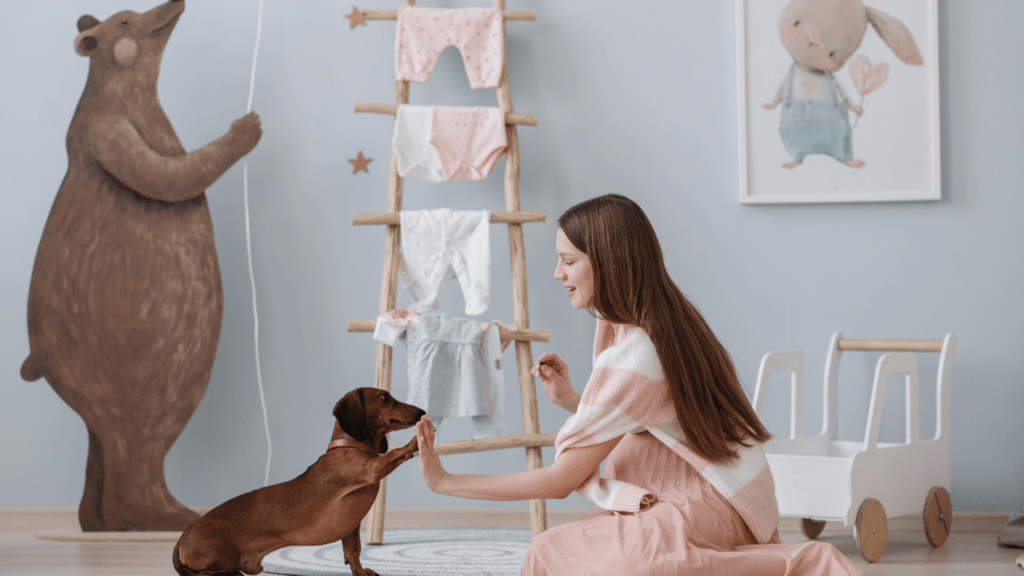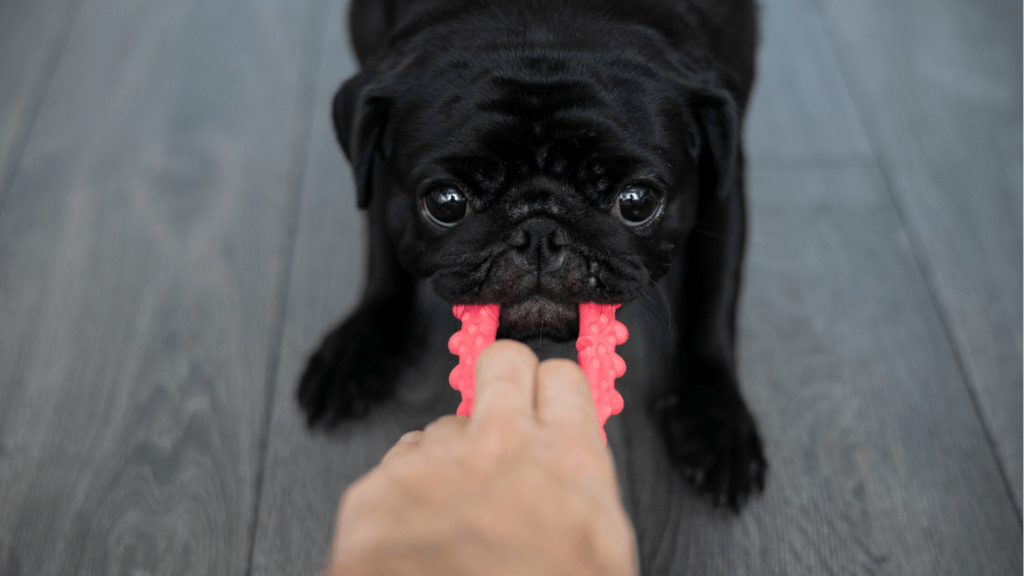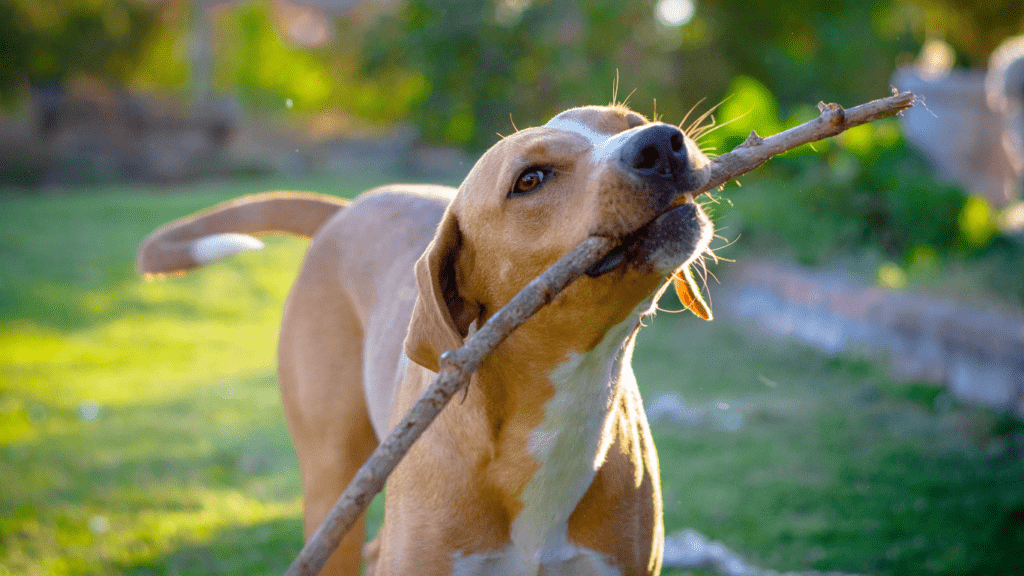Understanding Pet Needs for Activity
Pets need exercise and mental stimulation to stay healthy and happy. This is true for any living space, big or small.
The Importance of Regular Exercise
- Regular exercise maintains a pet’s physical health.
- It helps control weight, improves cardiovascular health, and strengthens muscles.
- Daily physical activity also reduces behavioral issues caused by boredom.
- Dogs that exercise regularly are less likely to chew furniture, while active cats are less prone to scratching inappropriate items.
Challenges in Small Living Spaces
Small living spaces limit the availability of large exercise areas. This can make it difficult for pets to burn off energy through traditional activities like running.
Noise and lack of privacy can also stress pets, affecting their willingness to engage in exercise. Adapting exercise routines to fit the available space is crucial for maintaining a pet’s health and well-being.
Tips for Keeping Your Pet Active in Small Spaces
Keeping pets active in small living spaces requires creativity and strategic plans. Here are some effective tips to ensure pets stay engaged and healthy.
Interactive Toys and Games
Providing interactive toys and games can significantly enhance a pet’s activity level. Toys that dispense treats keep pets physically and mentally stimulated.
Puzzle toys challenge their problem-solving skills, reducing boredom. Electronic toys that mimic prey movements encourage exercise and play. Regularly rotating toys prevents them from becoming monotonous.
Creative Use of Furniture and Space
Maximizing the use of available space can help keep pets active. Vertical space can be utilized with cat trees or shelves, allowing pets to climb and explore.
Creating obstacle courses using cushions, boxes, and tunnels engages pets in physical activities. Rearranging furniture to create new paths and hiding spots provides constant novelty. Multi-functional furniture like pet beds integrated into shelving units saves space while offering play areas.
Training Techniques for Small Spaces

Training pets in limited living areas requires creativity and effective methods. I’ve compiled some practical techniques to ensure your pet stays active and obedient in confined spaces.
Obedience Training
Obedience training benefits pets by instilling discipline and mental stimulation. Focus on teaching basic commands like:
- sit
- stay
- come
Use positive reinforcement, such as treats or praise, to encourage correct behavior. Short, frequent sessions work best, maintaining your pet’s focus and preventing boredom. Train in different rooms to add variety and keep your pet engaged.
Agility Exercises
Agility exercises provide great physical stimulation in small spaces. Set up simple obstacle courses using household items like chairs for weaving or cushions for jumping.
Use tunnels, ramps, or hoops if space permits. Encourage your pet to navigate these obstacles by guiding them with toys or treats. Regularly change the course layout to maintain interest and challenge your pet’s agility skills.
Useful Products to Enhance Activity
Providing the right products keeps pets active, especially in small spaces. Here are some essentials.
Recommended Toys for Small Spaces
Interactive toys prevent boredom and promote physical activity. Puzzle feeders engage pets’ minds while offering a food reward. Laser pointers create engaging chase games for cats or dogs.
Soft, squeaky toys appeal to dogs’ senses and encourage play without taking up much room. Wand toys mimic prey, keeping cats entertained and active in confined areas.
Space-Saving Pet Equipment
Compact pet furniture utilizes vertical space to create exercise opportunities. Cat trees provide climbing, scratching, and perching options. Wall-mounted shelves and ramps create a playground along the walls.
Folding agility equipment, such as tunnels and hurdles, can be easily stored when not in use. Activity mats offer a varied surface that encourages cats or dogs to explore different textures and areas.


